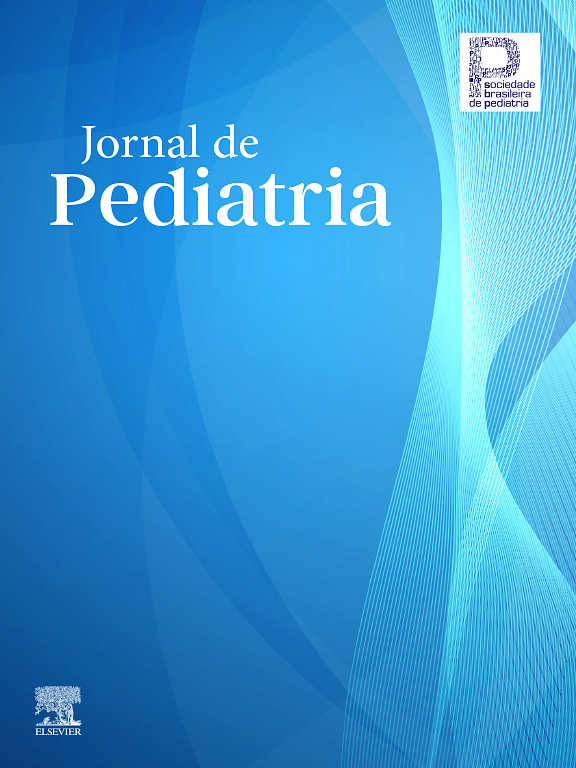The value of the Apgar score as an index of birth asphyxia has been recently questioned. The purpose of the present study is to evaluate the relationship between cord blood pH and Apgar score in term newborn infants. A cross-sectional study involving 76 term newborn infants was performed from March through September 1995 at the Obstetric Unit of Hospital de Clínicas de Porto Alegre. The blood samples were obtained from umbilical cord artery and vein at the moment of delivery. Infants were divided in three different groups according to the Apgar score: Group A (n=60): >7 at one and five minutes; Group B (n=13): < 7 at one minute and >7 at five minutes; Group C (n=3): < 7 at one and five minutes. The frequency of acidemia in Group A was 18.3% (11 newborn infants) considering arterial pH < 7.20 and 5% considering arterial pH < 7.10. Three newborn infants (23%) of Group B had arterial pH > 7.20 and nine (56.2%) had arterial pH > 7.10. None of the newborn infants in Group C had arterial pH > 7.10. The sensitivity and specificity values for Apgar score less than 7 at one minute for detection of fetal acidemia were, respectively, 54.1% and 94.1%. This study confirms a poor correlation between Apgar score and umbilical blood cord pH, even in a term newborn, and emphasizes the importance of obtaining umbilical cord pH to consider the diagnosis of perinatal asphyxia.
The Impact Factor measures the average number of citations received in a particular year by papers published in the journal during the two preceding years.
© Clarivate Analytics, Journal Citation Reports 2025
SRJ is a prestige metric based on the idea that not all citations are the same. SJR uses a similar algorithm as the Google page rank; it provides a quantitative and qualitative measure of the journal's impact.
See moreSNIP measures contextual citation impact by wighting citations based on the total number of citations in a subject field.
See more







